In the field of consumer electronics, display screens are very common and have different functions and types. Some typical products are listed below as examples for you.

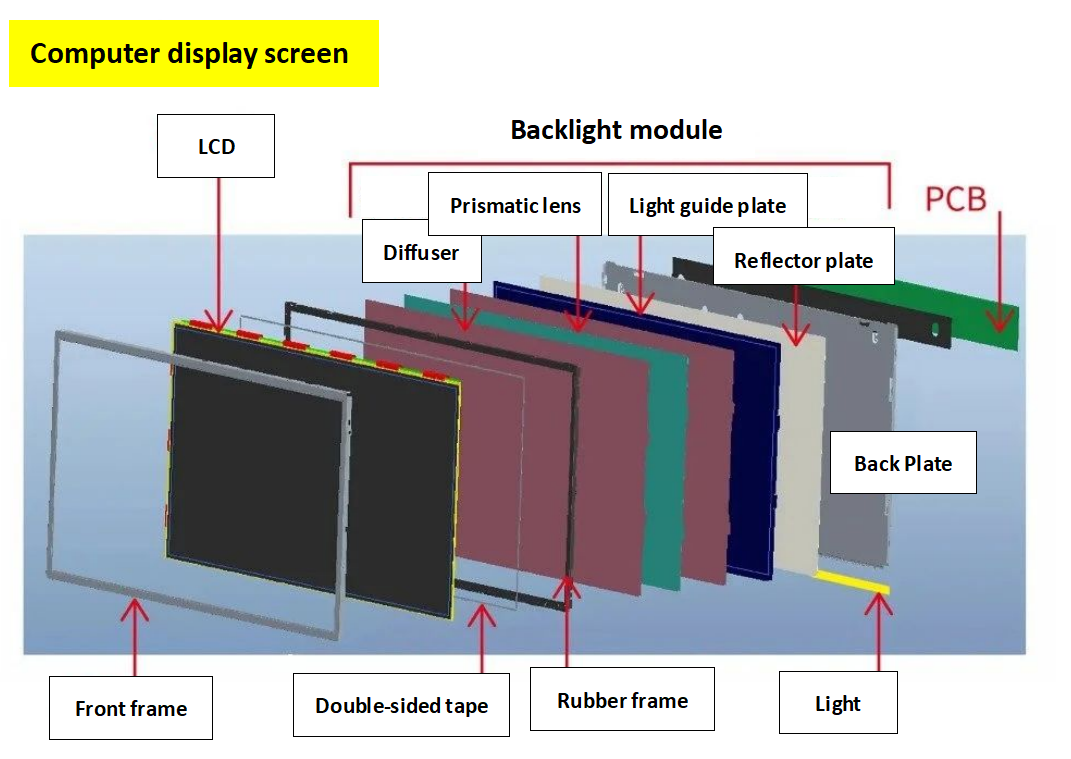
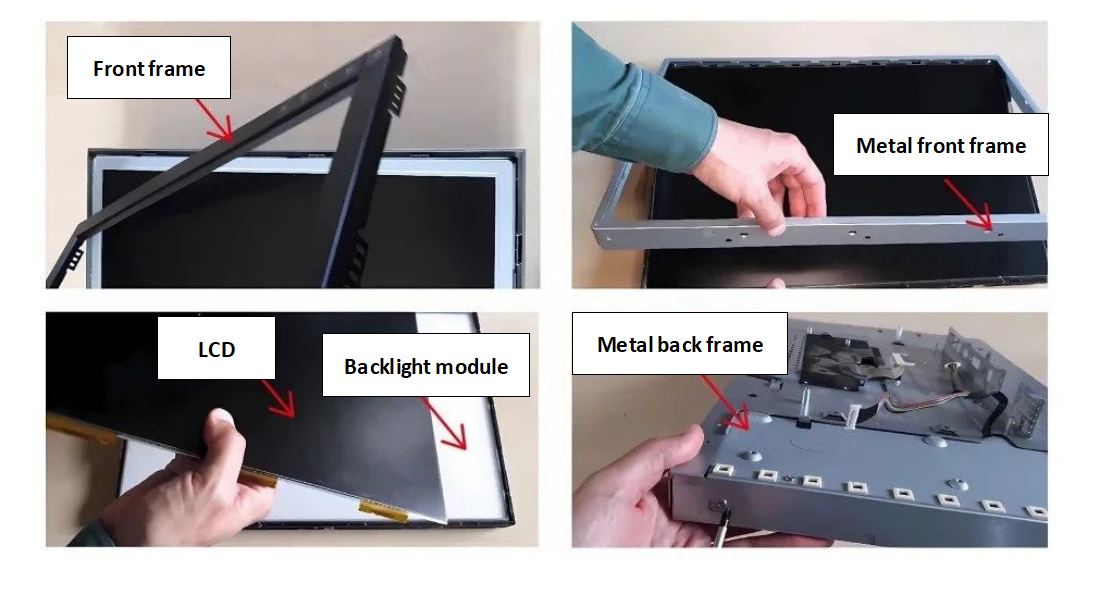
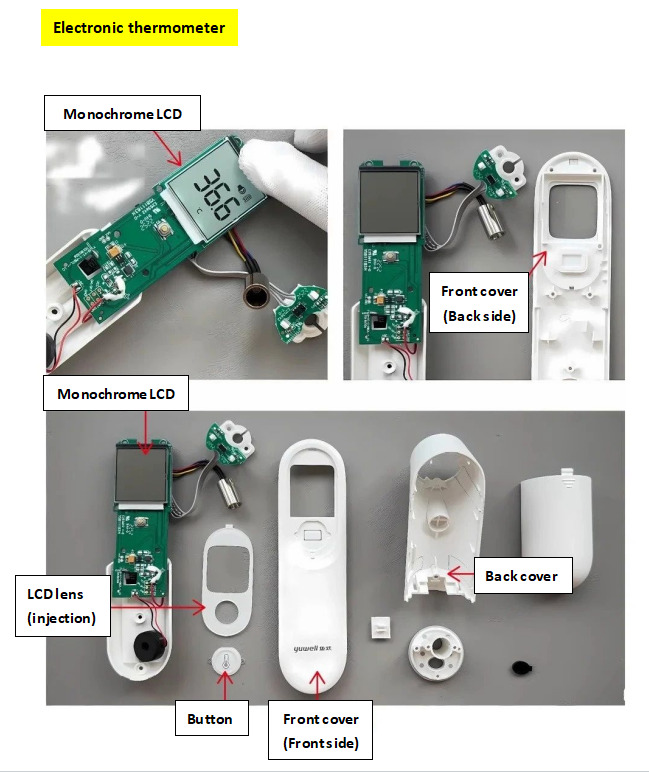
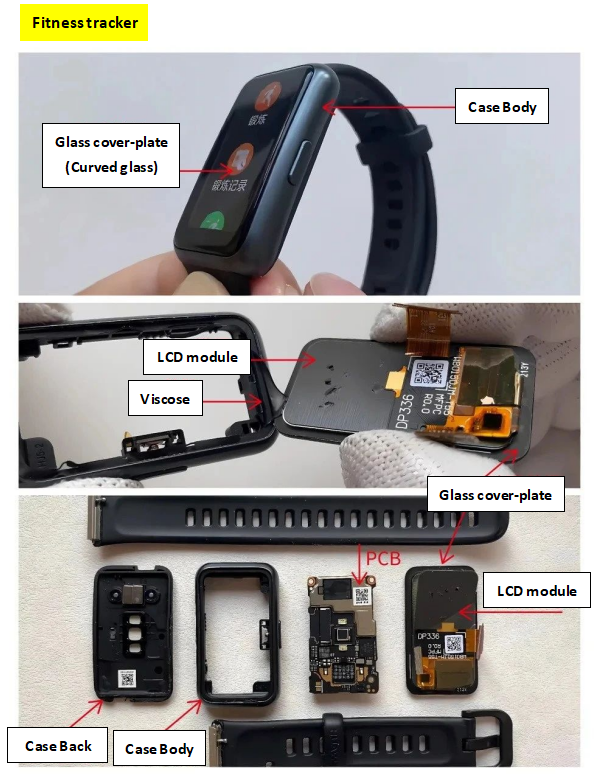

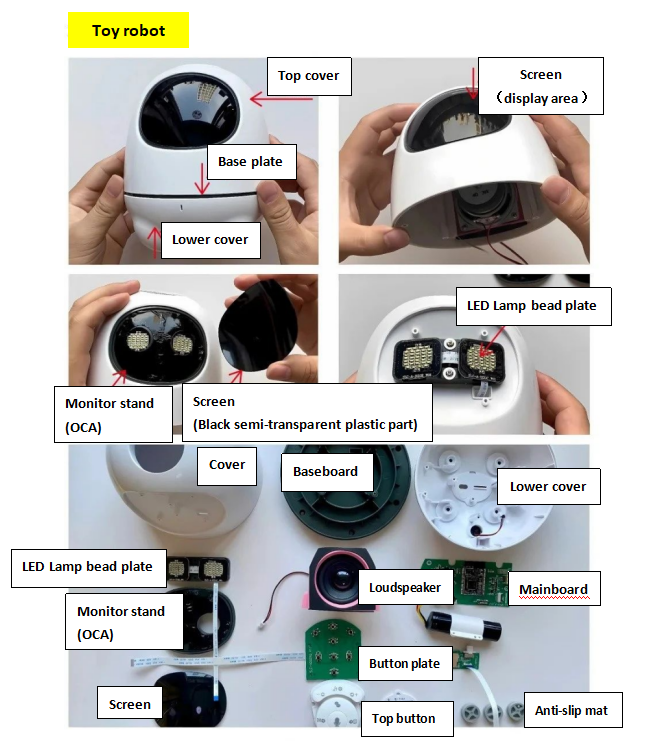

Glass cover-plate: It is made of high alumina silicate tempered glass or microcrystalline glass. It is usually 0.7-1.2mm thickness, silk-screened on the back, and AR (anti-reflection)/AF (anti-fingerprint) coating on the surface.
Touch Screen: It can achieve touch sensing. ITO or metal grid is used as a transparent conductive layer. With the development of technology, this part can be integrated into the display layer or glass cover layer, which is the technology of Incell, On-cell, OGS.
Display module: LCD is composed of polarizer, color filter, TFT, liquid crystal, backplane, etc., and is currently the most widely used mobile phone display screen. OLED is composed of polarizer, organic light-emitting layer, glass, TFT and other materials. The screen can emit light by itself, with the advantages of light, thin, bendable and low energy consumption. It is an emerging screen display technology.
Backlight unit: It is the core of the light source of the LCD. The backlight module is responsible for providing uniform and stable white light, and realizes light guidance and optimization through components such as light guide plate, reflecting plate, diffuser and brightness enhancement film (prism). However, OLED does not contain this part.

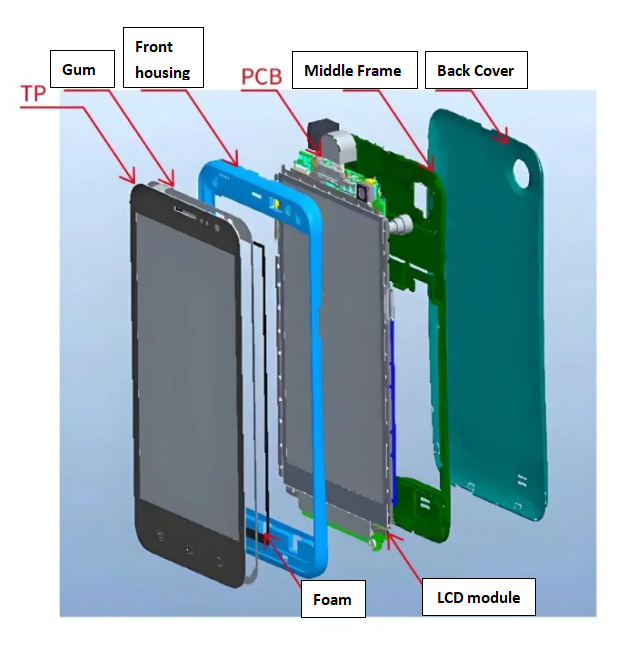

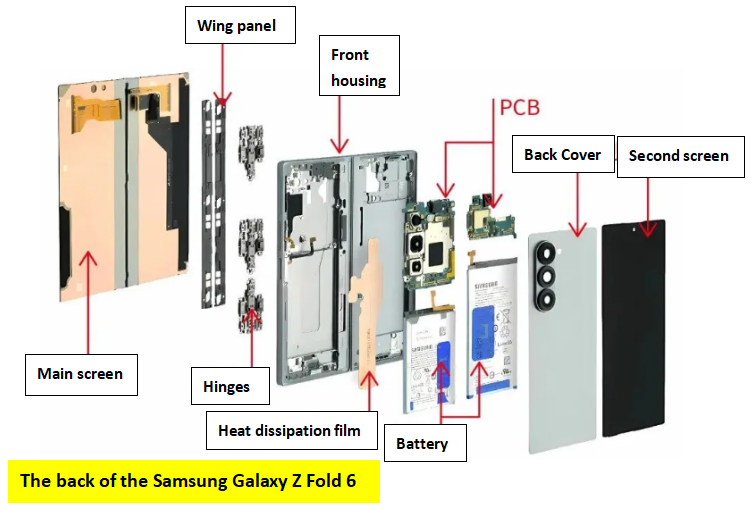

Name: Kerry Zhang
Mobile:+86 13686040421
Tel:86 769 23668984
Whatsapp:86 13686040421
Email:kerry@winfine-group.com
Add:Room 1907, Building 18, Dongjiang Star , No. 8, Wanjiang Section, Hongfu West Road, Wanjiang Street, Dongguan City, Guangdong Province Postcode: 523063